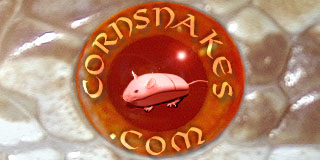ohdigeydoc
New member
I've been reading some books on corn snake breeding, and they talk about corns being "het" for amelanistic. Which means they have the gene for amelanistic, but isn't showing because the dominant gene is over ridding it. Their offspring also have a 50% chance of inheriting their amelanistic gene. So if you have two corns that are het amelanistic, their offspring have a 25% chance of being amelanistic.
My question is though, what is all the fuss about het? Isn't it better to find a corn that is "homo" for amelanistic? Because this means the gene for amelanistic are the same, and have a 100% chance (instead of 50%) of passing it on. Is it cheaper to buy a het amel than a homo amel?
Thanks for your help!
My question is though, what is all the fuss about het? Isn't it better to find a corn that is "homo" for amelanistic? Because this means the gene for amelanistic are the same, and have a 100% chance (instead of 50%) of passing it on. Is it cheaper to buy a het amel than a homo amel?
Thanks for your help!
